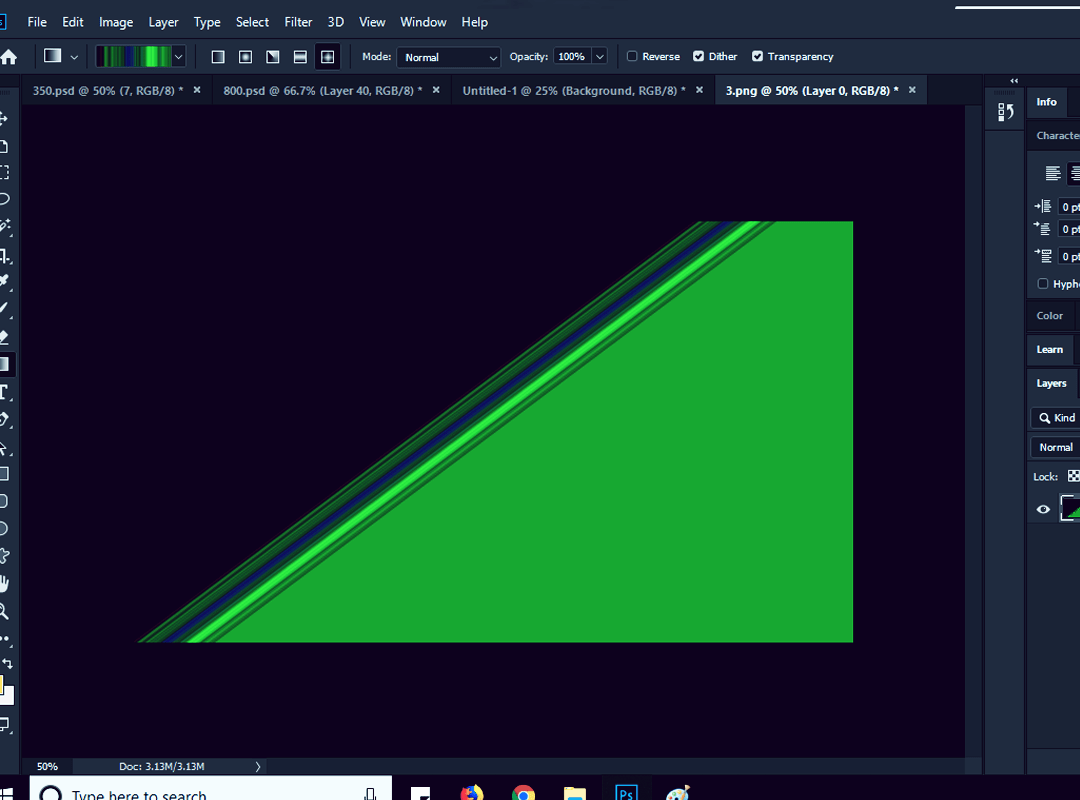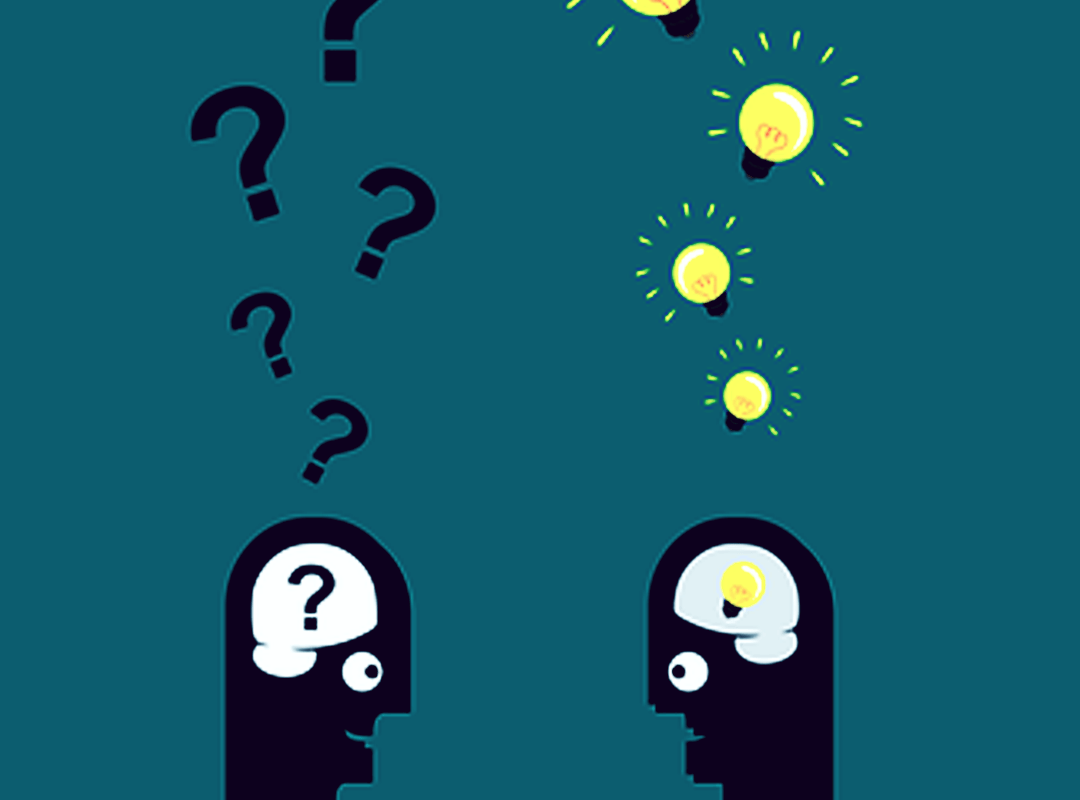The process of successfully completing a design and generate ideas for it requires a lot more than just a world altering thought. You needs to focus and add precision and consistency to make up the ideas that you think of. Moreover, you need to plan a well junctured process. Many designers across the world use a design thinking process for professionals to give their designs right start, perfect strategy and a bonny finishing. This article will acquaint you with a special designing process, namely, the Spiral design thinking process and its phases.
Spiral design thinking process is a design thinking process for professionals with more emphasis on risk analysis of the ideas and designs. This model of design thinking was first described by Barry Boehm in 1986. The risk analysis feature of this model is said to be emerged from the waterfall model and the prototype model.
The Spiral design thinking process consists of four phases. The design passes through each of these phases in iterations, which are also called Spirals in the steps to create professional designs. The four phases of the process are discussed below:
1. Plan
The first phase of the Spiral design thinking process involves planning of all the important apparatus required for the process and gathering it. It is necessary for you to maintain a proper communication between you and your client, to attain a thorough understanding over the project. Once you identify all the requirements, you may start working upon the project. At the end of this spiral (phase), you are expected to be completely aware of the work that you have to do. Once you are aware, you can continue the process and move on to further steps to create a professional design.
2. Design
The second phase of this design thinking process for professionals begins with the conceptualisation of the design. After understanding your duties in the planning stage, you can now start working on the basics of your design. Architectural, logical and physical designs of your product can be finalized in this spiral (phase). You can induce new ideas and creatives and finalize the basic structure of the project. It then advances to the next steps to create professional designs.
3. Construct
The third phase of the Spiral design thinking process refers to the development of the final product of your project. You can develop a POC (Proof of Concept) in this phase, before your product is ready to shape its final design. You must do this in order to get necessary inputs and reviews from your client. Then in the successive spirals (steps) of this phase, you can create a prototype of your product design with a version number, also known as ‘Build’. You can then send these ‘Builds’ to your clients for gathering more inputs like idea of requirements and design factors. After being done with the construct phase, you may head the design output onto the last step to create a professional design.
4. Evaluation
The last phase of this design thinking process for professionals undergoes the process of risk analysis. You must identify and monitor the technical feasibility and time estimation of your design in this step to create professional designs. After the completion of the first spiral cycle, your client evaluates and assesses the final product and gives its feedback accordingly. After that, this phase enters into the next phase of iteration and development, in which the product is modified according to your client’s reviews over the last spiral.
It is worth mentioning that Spiral design thinking process is a time consuming process, as the iteration of the all the above mentioned phases takes place repeatedly. And again, the phases of this design thinking process for professionals are not a one round process, but a summation of at least 2-3 iterations of each phase and prototype. You can read about some more design thinking processes in our blog: ‘10 Designing Methodologies for Creative Conceptualisation of Ideas’.










